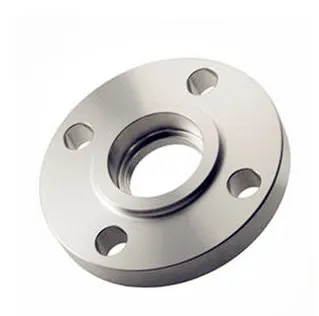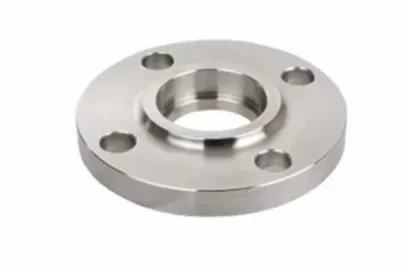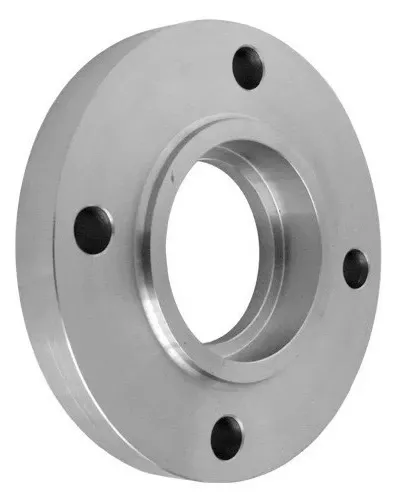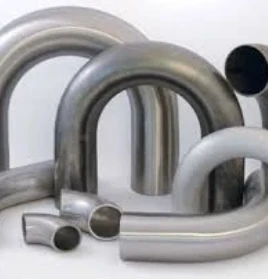"ASTM A182 F304 SW Flange" refers to a socket weld (SW) flange that complies with the ASTM A182 standard and is made of F304 stainless steel. The following is an introduction to its standard specifications, material properties, and application areas:
Standard Specifications
ASTM A182 Standard: Specifies the minimum requirements for high-temperature forged alloy steel and stainless steel flanges, pipe fittings, valves, and parts, including the chemical composition, mechanical properties, manufacturing process, and inspection methods of the materials, to ensure that product quality and performance meet relevant standards.
Dimension Standard: Generally follows standards such as ASME B16.5, which specifies the nominal size, outer diameter, inner diameter, thickness, number of bolt holes, and diameter of the flange. The common size range is 1/2 inch to 24 inches, and the pressure levels are 150 pounds, 300 pounds, 600 pounds, etc.
Material Properties
Chemical Composition: The main components are chromium (Cr), nickel (Ni), manganese (Mn), silicon (Si), carbon (C), etc. Among them, the chromium content is between 18.0% and 20.0%, the nickel content is between 8.0% and 12.0%, the carbon content does not exceed 0.08%, and it also contains a small amount of manganese, silicon and other elements. These components give F304 stainless steel good corrosion resistance and mechanical properties.
Mechanical properties: F304 stainless steel has high strength and toughness, its yield strength is not less than 205MPa, its tensile strength is not less than 515MPa, its elongation is not less than 30%, and its hardness does not exceed 187HB, and it can withstand high pressure and stress.
Corrosion resistance: Due to the high content of chromium and nickel elements, F304 stainless steel has good corrosion resistance in the atmosphere, water, steam and other environments, can resist general oxidation and corrosion, and is suitable for pipelines and equipment for corrosive media.
Machinability: F304 stainless steel has good machinability, is easy to forge, weld, cut, etc., and can be made into flanges of various shapes and sizes to meet the needs of different engineering applications.
Structural features
Socket welding connection: There is a socket hole at one end of the SW flange. The pipe is inserted into the socket hole and welded. This connection method can provide good sealing and strength. It is suitable for the connection of small and medium diameter pipes and can effectively prevent medium leakage.
Flange surface form: Common flange surface forms include raised face (RF), flat face (FF), etc. Different flange surface forms are suitable for different sealing requirements and working conditions.
Application areas
Petrochemical industry: used for pipeline connection in the production process of oil and natural gas extraction, transportation, refining and chemical products, such as pipeline systems in refineries, chemical plants, petrochemical plants, etc.
Power industry: used for the connection of steam pipes, water supply pipes, circulating water pipes, etc. in the power production process such as thermal power generation and nuclear power generation.
Food and beverage industry: Because F304 stainless steel has good corrosion resistance and hygienic properties, it is often used for pipeline connection in the processing, storage and transportation of food and beverages, such as breweries, beverage factories, food processing plants, etc.
Pharmaceutical industry: In the process of drug production, storage and transportation, flanges are used to connect pipeline systems, which require flanges to have good corrosion resistance and hygienic properties to ensure the quality and safety of drugs.

















